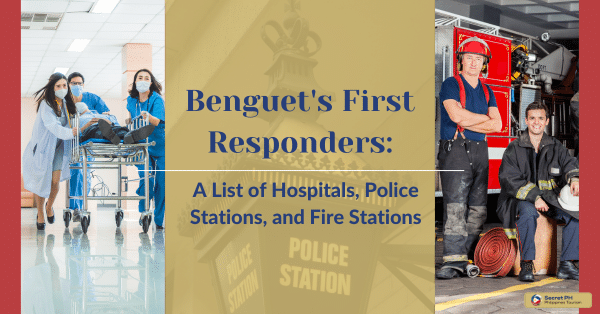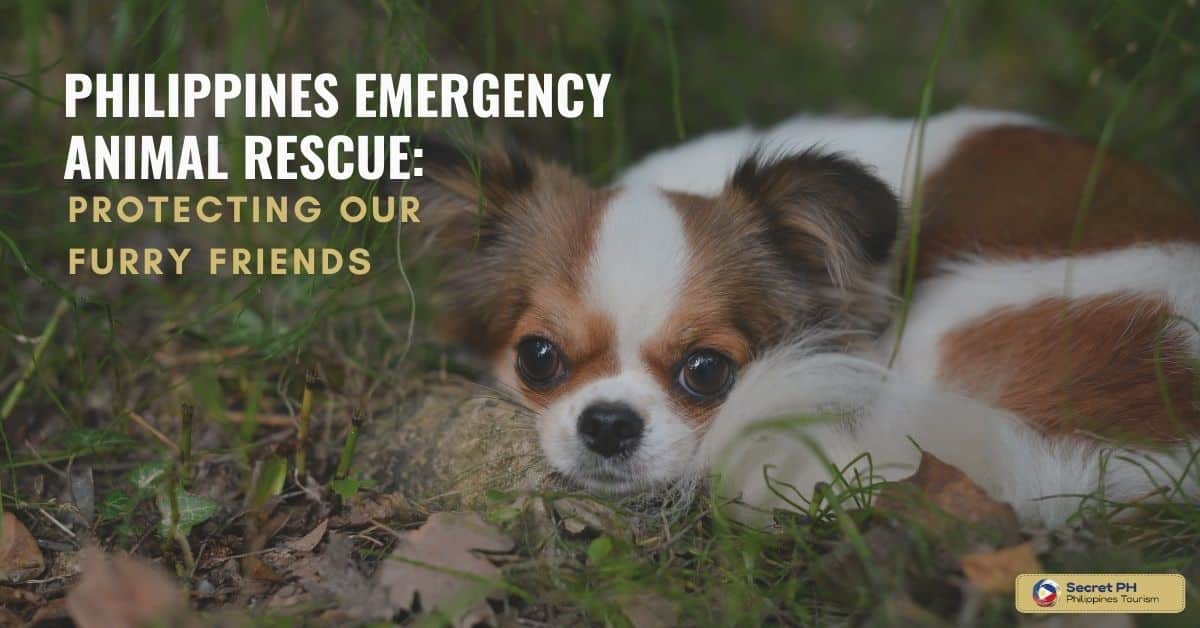The Philippines is a nation of islands and archipelagos, with over 7,000 of them scattered across the country. This means that flooding and drowning incidents are unfortunately common occurrences in the Philippines. As such, emergency water rescue services play an important role in responding to these events quickly and safely.
The Philippines Emergency Water Rescue Services are vital in responding to floods and drowning incidents. They rescue victims and provide medical aid. Equipped with specialized tools and training, they strive to respond effectively to emergencies. Despite facing challenges, they collaborate with others to improve water safety and emergency response in the country.
This article will discuss the importance of responding to floods and drowning incidents, the roles and responsibilities of emergency water rescue services in the Philippines, as well as the equipment and tools used. It will also cover the challenges faced by these services, success stories, collaborations with other agencies and organizations, public awareness initiatives, future directions, and innovations.
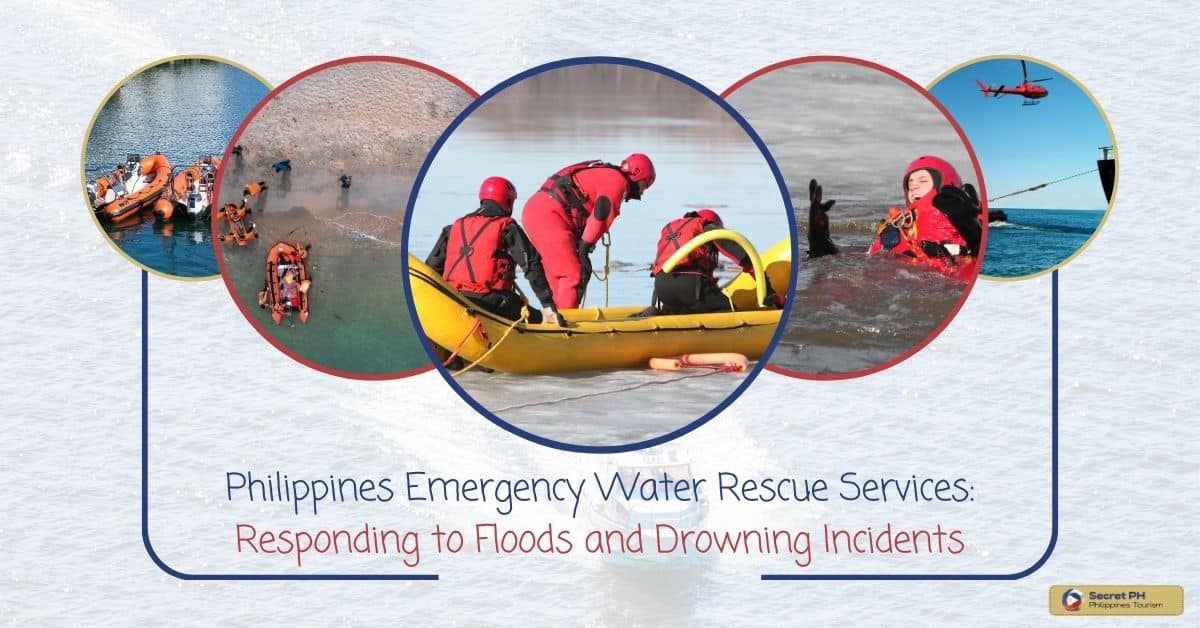
The Importance of Responding to Floods and Drowning Incidents
Responding to floods and drowning incidents is of utmost importance as these natural disasters can have devastating effects on communities. Floods can cause widespread damage to infrastructure and property, displace families from their homes, and disrupt the local economy. Drowning incidents, on the other hand, can result in fatalities, causing grief and trauma to families and loved ones.
Prompt response from emergency water rescue services can prevent loss of life and minimize damage to property. Early intervention can also ensure that those affected receive timely medical attention and care. The importance of responding to floods and drowning incidents extends beyond rescue operations; it also involves post-disaster management and rehabilitation efforts to help communities rebuild and recover from the devastation.
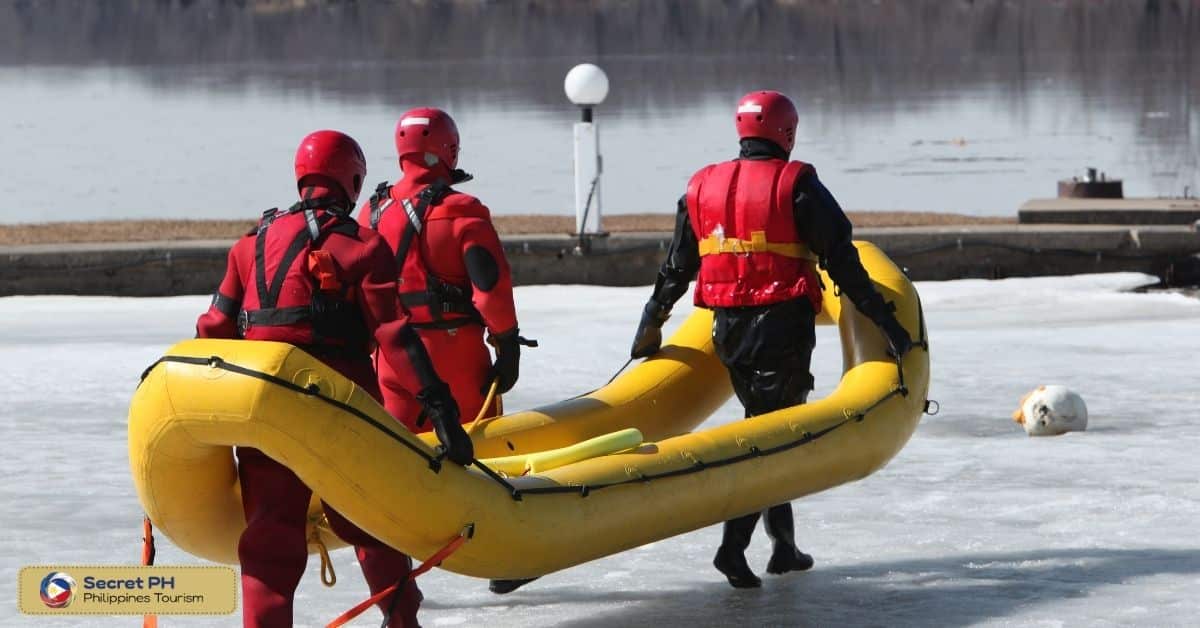
Philippine Emergency Water Rescue Services: Roles and Responsibilities
The Philippine government, through the Bureau of Fire Protection (BFP), has established Emergency Water Rescue Services (EWRS) across the country. Emergency Water Rescue Services (EWRS) is a specialized unit of the Bureau of Fire Protection (BFP) responsible for ensuring the safety of people who are trapped or in danger because of water-related emergencies.
The EWRS has several important roles and responsibilities, including:
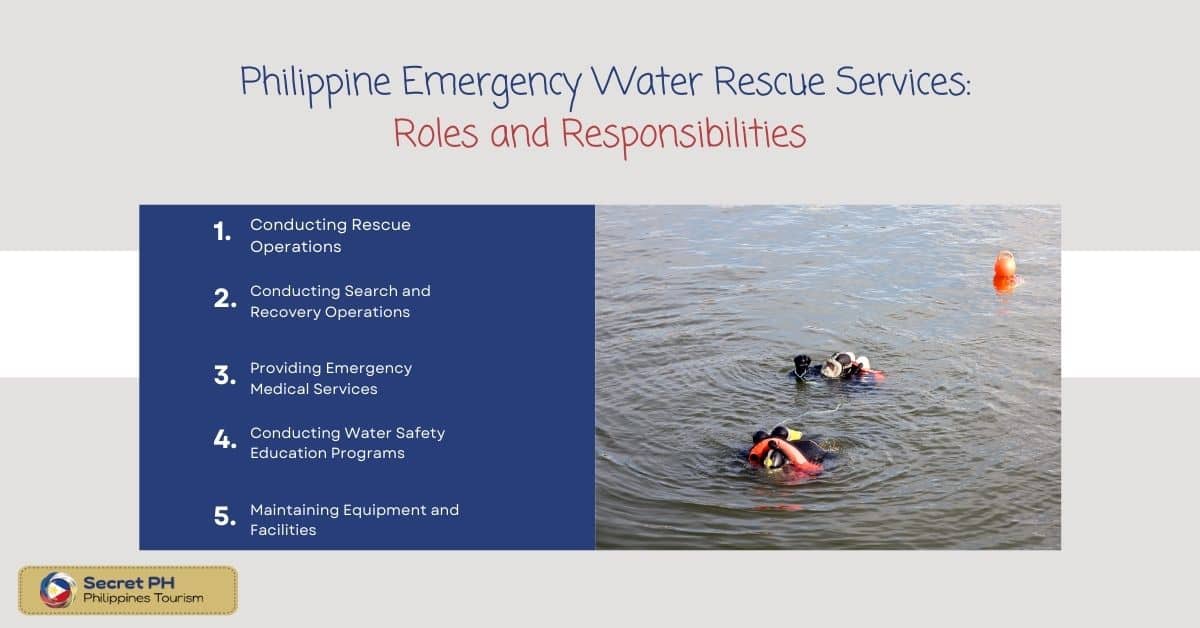
1. Conducting Rescue Operations– The primary role of EWRS is to conduct rescue operations during water-related emergencies. This may include rescuing people trapped in flooded homes or vehicles, providing assistance to people swimming or wading in rough seas, and responding to boat and ship accidents.
2. Conducting Search and Recovery Operations– EWRS is also responsible for conducting search and recovery operations. In cases of drowning or missing persons in bodies of water, EWRS will conduct a thorough search until the individual is found.
3. Providing Emergency Medical Services– EWRS rescuers are trained to provide basic life support and other emergency medical services as needed. This includes rescuing people from drowning, administering first aid, and transporting patients to medical facilities.
4. Conducting Water Safety Education Programs– The EWRS is also responsible for conducting water safety education programs to raise awareness about the dangers of water and how to prevent accidents. This includes conducting seminars, workshops, and other campaigns to promote water safety.
5. Maintaining Equipment and Facilities– EWRS units are responsible for maintaining their equipment and facilities to ensure that they are ready to respond to emergencies at all times.
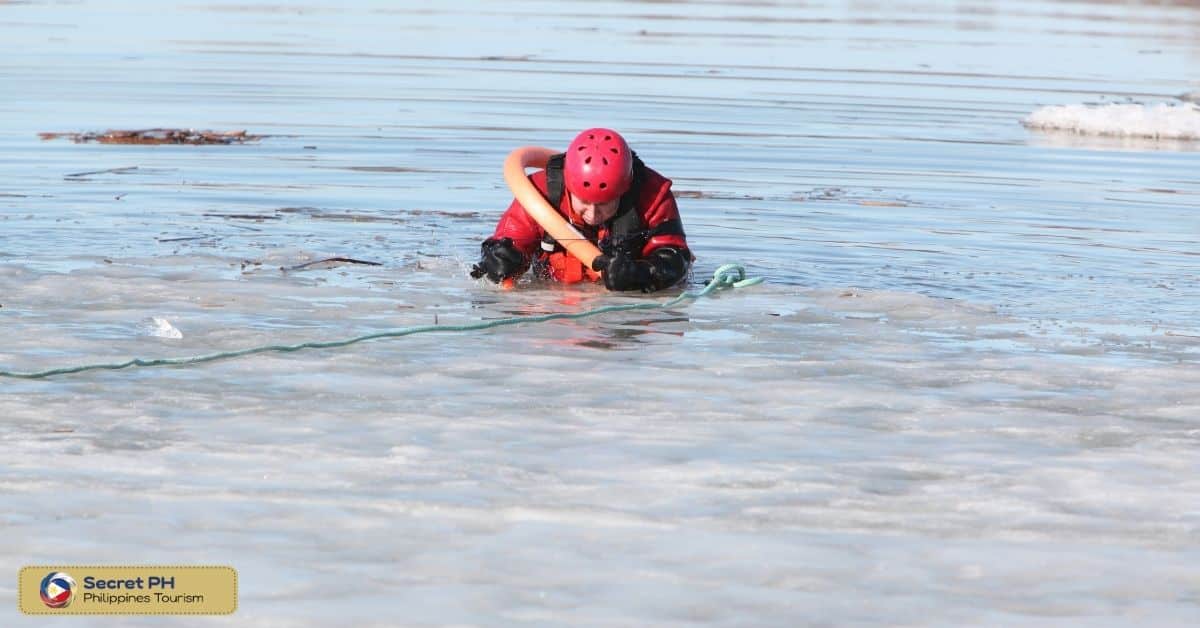
Equipment and Tools Used in Emergency Water Rescue Services
Emergency water rescue services are critical in responding to floods and drowning incidents. Responders rely on specialized equipment and tools to perform rescue operations safely and effectively. In this section, we will discuss the different types of equipment and tools used by emergency water rescue services in the Philippines.
Personal Protective Equipment: Personal protective equipment (PPE) is essential to ensure the safety of emergency water rescue responders. This includes wet suits, helmets, gloves, boots, and personal flotation devices (PFDs).
Rescue Boats: Rescue boats are used to navigate through floodwaters and reach victims in remote or inaccessible areas. They can also be used to transport people and equipment to and from the rescue site.
Rescue Boards and Tubes: Rescue boards and tubes are used to help victims stay afloat and to transport them to safety. They can be used in shallow or deep water and can support multiple victims at once.
Throw Ropes: Throw ropes are used to reach victims in fast-moving water. They are typically made of floating material and are attached to a bag or reel for easy deployment.
Underwater Search and Rescue Equipment: Underwater search and rescue equipment, such as diving masks, snorkels, and fins, are used by responders to search for and retrieve victims who are trapped underwater.
Communication Equipment: Communication equipment, such as two-way radios and mobile phones, is used to coordinate rescue operations and to communicate with other agencies and emergency services.
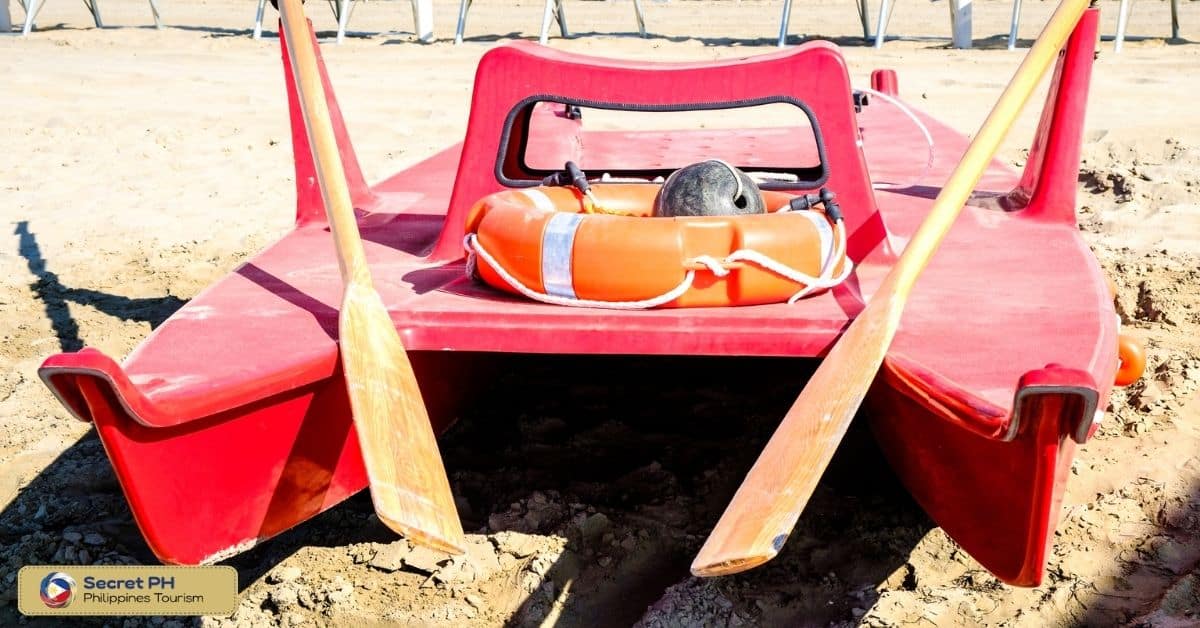
Challenges Faced by Emergency Water Rescue Services in the Philippines
The Philippines waters also pose risks to human life, as accidents such as drowning and boat mishaps frequently occur. The Philippine government has established various emergency water rescue services to address these incidents; however, the services face several challenges that affect their response time and effectiveness.
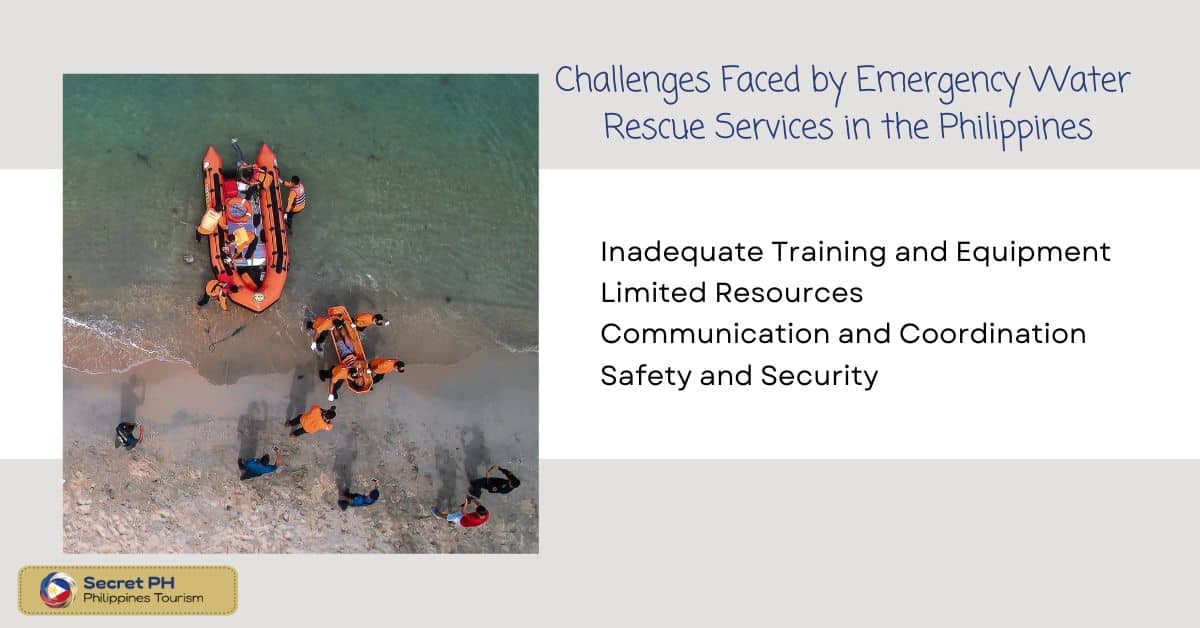
Inadequate Training and Equipment
One of the primary challenges faced by emergency water rescue services in the Philippines is the lack of adequate training and equipment. Many of the rescue personnel are volunteers who have limited experience in water rescue operations and often have to work with substandard equipment. The Philippine government needs to invest in proper training and equipment to enhance the capabilities of rescue teams in handling water emergencies.
Limited Resources
Another challenge is the lack of sufficient resources to sustain the operations of emergency water rescue services in the Philippines. Many rescue operations rely heavily on donations and volunteers, which can be unpredictable and unreliable.
Financial resources are also inadequate to support the full-scale operations of rescue teams. Consequently, rescue teams often have to improvise and work with what’s available, making it difficult to achieve the desired level of preparedness.
Communication and Coordination
Communication and coordination are vital in water rescue operations, especially when dealing with large and complex incidents. However, this is where emergency water rescue services in the Philippines face significant challenges.
There is a lack of interoperability among different government agencies responsible for water rescues. This results in delays in response time and confusion in rescue operations.
Safety and Security
Water rescue operations involve high levels of risk, and rescue personnel are often exposed to various hazards such as strong currents, storms, and rough seas. The safety of rescue personnel is paramount, and emergency water rescue services in the Philippines face significant challenges in providing adequate safety and security measures for their personnel. Rescue boats and equipment can also be subject to theft, further hindering the effectiveness of rescue operations.
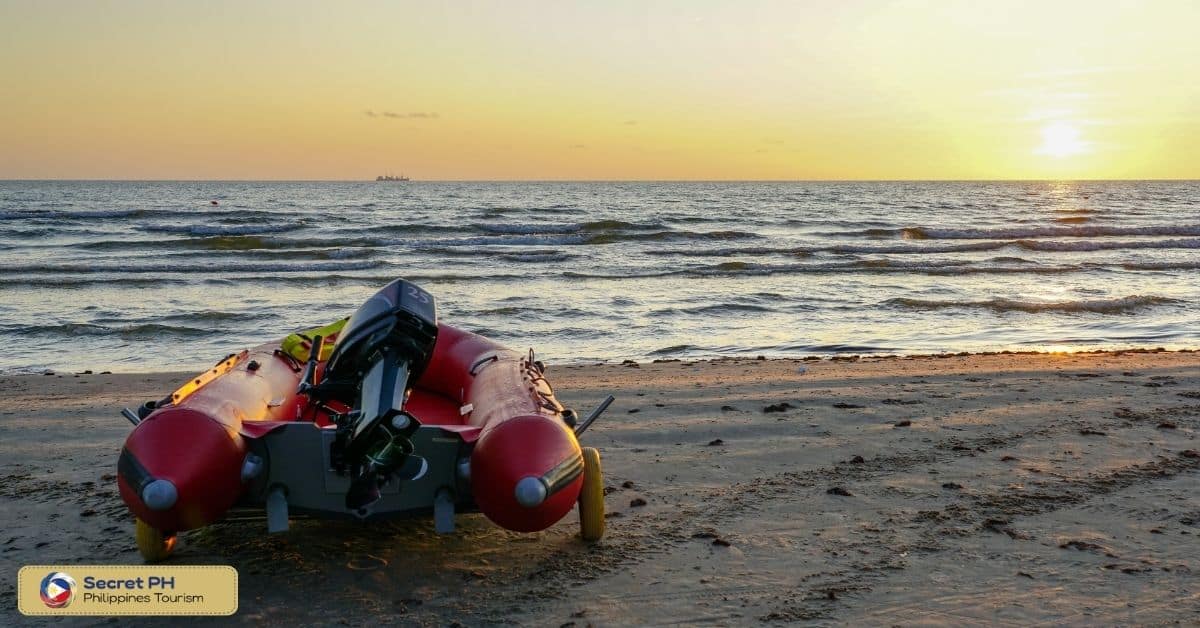
Success Stories and Achievements of Philippine Emergency Water Rescue Services
The Philippine Emergency Water Rescue Services have had numerous success stories and achievements in responding to floods and drowning incidents. One such success story is the rescue of a family trapped in their home during the 2013 Typhoon Haiyan.
The family was stranded in their attic with rising floodwaters surrounding them. Emergency water rescue responders were able to reach them and safely transport them to higher ground. The family expressed their gratitude and praised the responders for their bravery and quick response.
Another achievement of the Philippine Emergency Water Rescue Services is their partnership with other agencies and organizations to improve water safety and emergency response in the country. They work closely with the Philippine Coast Guard, local government units, and non-government organizations to provide training, equipment, and support in disaster management and response. Their efforts have led to increased awareness and preparedness among communities, resulting in more efficient and effective rescue operations during emergencies.
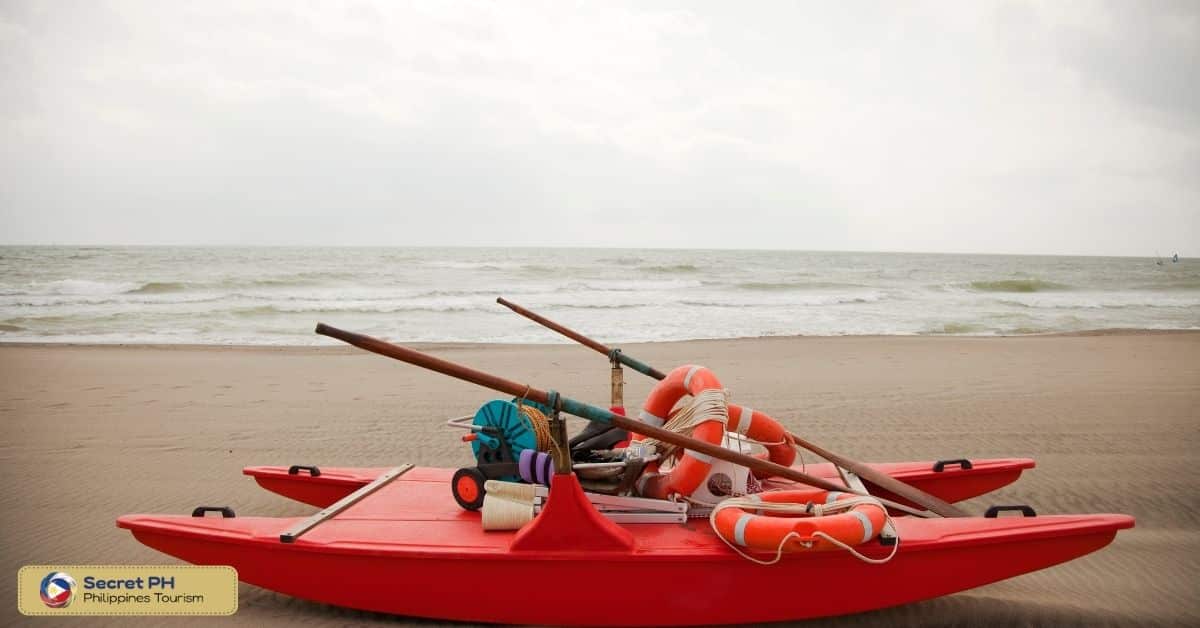
Collaborations and Partnerships with Other Agencies and Organizations
Collaborations and partnerships with other agencies and organizations are essential for the success of emergency water rescue services. These partnerships help to leverage resources and expertise, resulting in more efficient and effective disaster management and response. Here, we will discuss the different collaborations and partnerships that the Philippine Emergency Water Rescue Services have established.
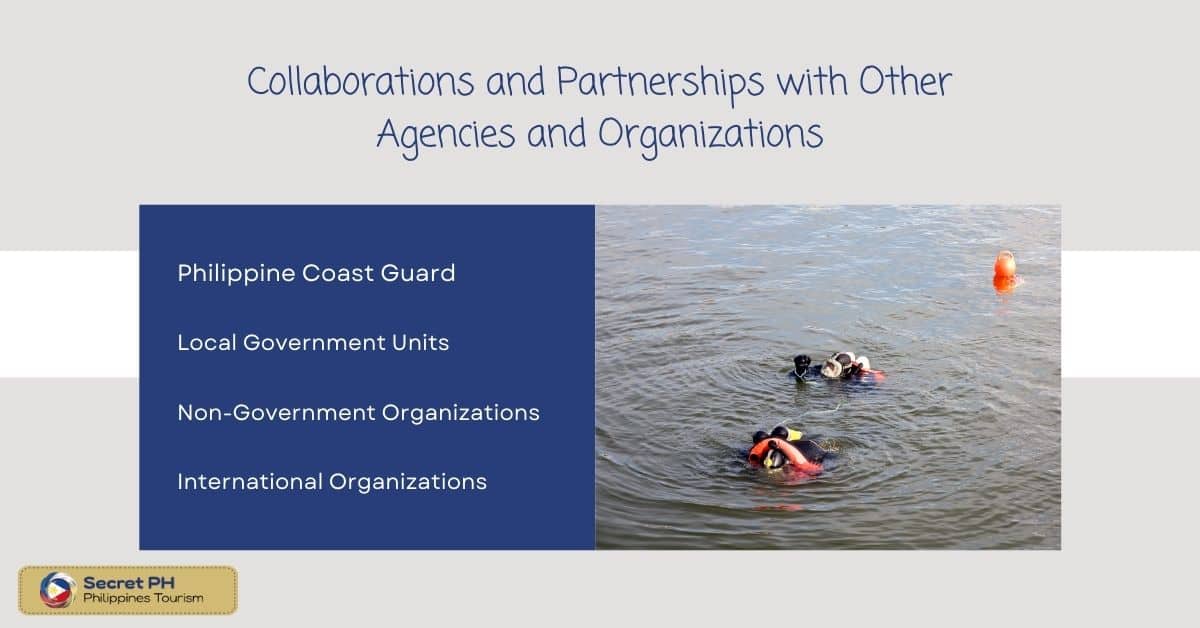
Philippine Coast Guard
The Philippine Emergency Water Rescue Services work closely with the Philippine Coast Guard to provide support in disaster management and response. The coast guard provides logistical support and transportation, while the emergency water rescue services provide expertise in water rescue operations.
Local Government Units
The Philippine Emergency Water Rescue Services also work closely with local government units to provide training and support in disaster management and response. They collaborate with barangay officials and local rescue teams to ensure that communities are prepared and equipped to respond to emergencies.
Non-Government Organizations
The Philippine Emergency Water Rescue Services also partner with non-government organizations to provide training and support in disaster management and response. These organizations provide resources and expertise in various areas, such as water safety education and community mobilization.
International Organizations
The Philippine Emergency Water Rescue Services also collaborate with international organizations to provide training and support in disaster management and response. These organizations provide resources and expertise in various areas, such as search and rescue operations and emergency medical response.
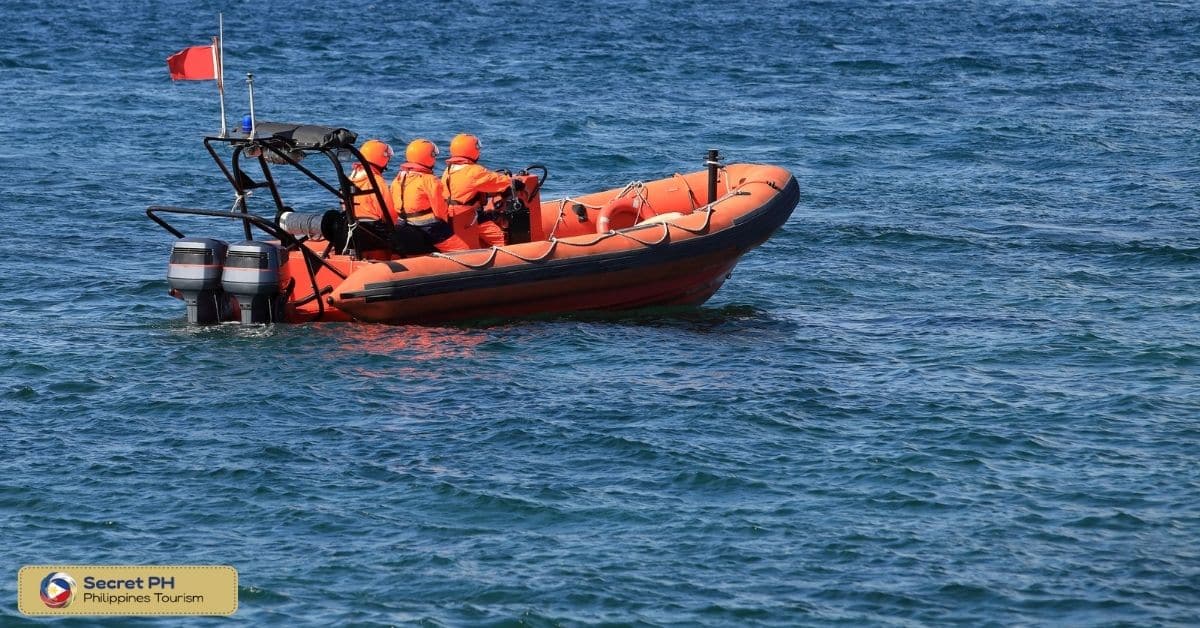
Public Awareness and Education on Water Safety and Emergency Response
Every year, the Philippines experiences several natural disasters such as typhoons, earthquakes, and floods, which cause significant damage to communities. As a result, public awareness and education on water safety and emergency response is critical to minimizing the loss of life and property during such devastating events.
Importance of Water Safety Education
In the Philippines, water safety education is vital, especially with over 7,641 islands and a population of over 100 million people. The country is surrounded by water, and many Filipinos are dependent on it for their livelihoods. Unfortunately, water-related accidents such as drowning incidents are common due to the lack of awareness and knowledge about water safety guidelines and protocols.
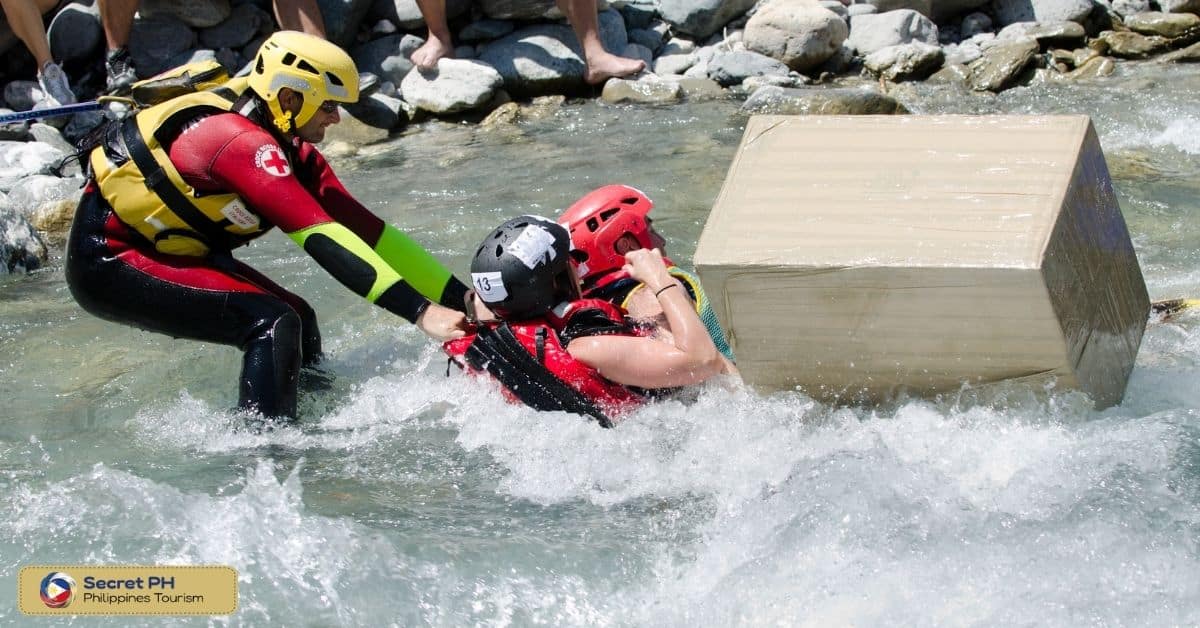
The Need for Emergency Response Training
Apart from water safety, emergency response training is also necessary in the Philippines. During natural disasters, emergency response teams are responsible for saving lives and ensuring the safety of communities.
However, many of these teams lack adequate training, resources, and personnel. Therefore, educating the public on emergency response can help reduce the risk and severity of disasters while also assisting these response teams in their operations.
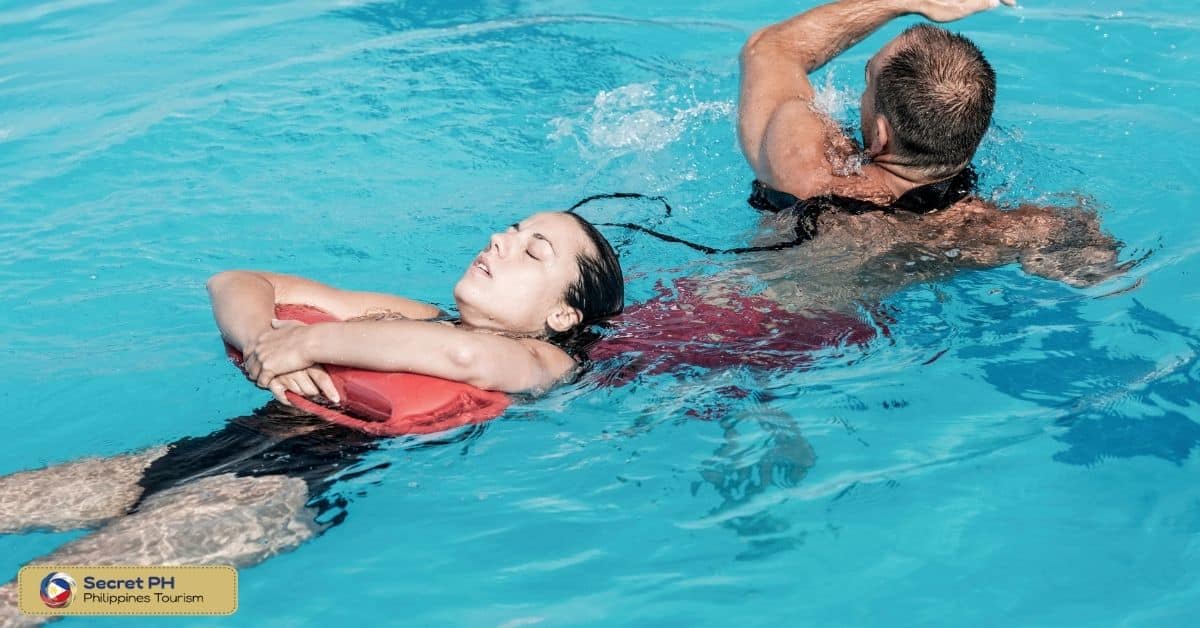
Government Initiatives
The Philippine government recognizes the importance of public awareness and education on water safety and emergency response. The government has launched several initiatives over the years, including the establishment of the Philippine Disaster Resilience Foundation, a non-government organization that provides basic disaster risk reduction and management training.
Another initiative is the Water Safety Network, a program that aims to reduce the number of drowning incidents through education and awareness campaigns. The government has also passed a law mandating public schools to teach disaster risk reduction and management.
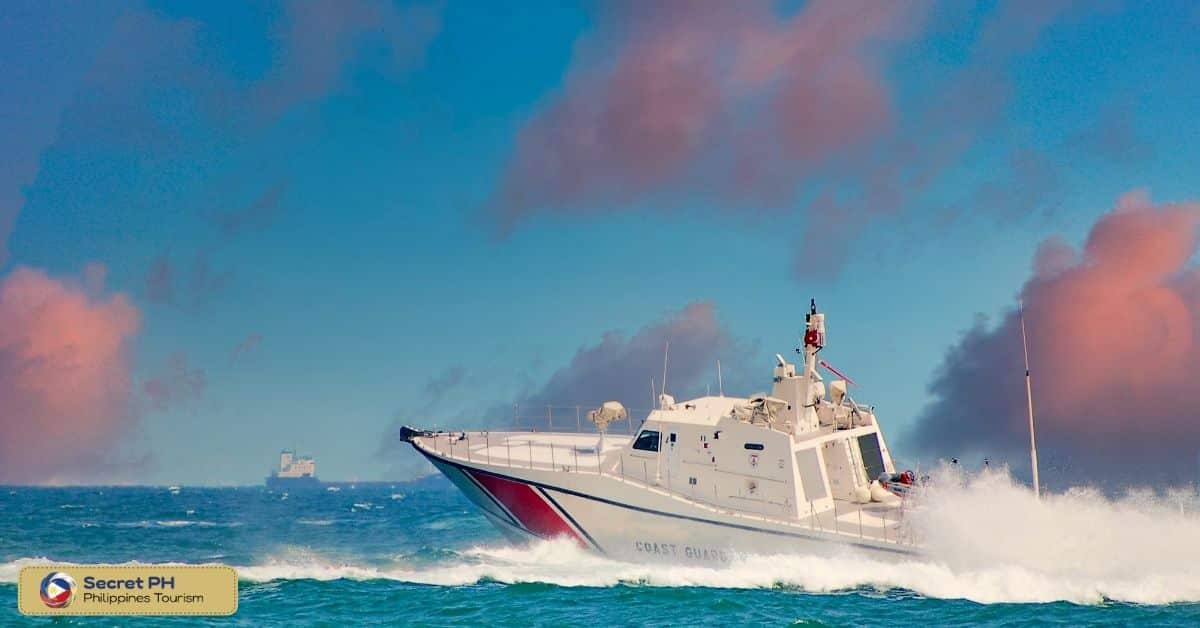
Future Directions and Innovations in Emergency Water Rescue Services in the Philippines
As the Philippines faces an increasing number of floods and drowning incidents, emergency water rescue services are continuously looking for ways to improve their operations. In this article, we will discuss the future directions and innovations in emergency water rescue services in the Philippines.
Use of Drones: Emergency water rescue services are exploring the use of drones for search and rescue operations. Drones can be equipped with cameras and thermal imaging technology to locate victims in difficult-to-reach areas. They can also be used to drop supplies and communication equipment to rescue teams on the ground.
Implementation of AI and Machine Learning: Artificial intelligence (AI) and machine learning can be used to analyze data and predict potential hazards in flood-prone areas. This can help emergency water rescue services to prepare and respond more efficiently to emergencies.
Improved Communication and Coordination: Emergency water rescue services are focusing on improving communication and coordination among rescue teams and other agencies. This includes the use of mobile apps and real-time tracking systems to locate and communicate with rescue teams in the field.
Enhanced Training and Education: Emergency water rescue services are also investing in enhanced training and education for their personnel. This includes training in new technologies and techniques, as well as water safety education for communities.
Integration of Sustainable Practices: Emergency water rescue services are also integrating sustainable practices in their operations, such as the use of eco-friendly rescue boats and equipment. This not only helps to reduce the impact on the environment but also ensures the longevity and durability of equipment.
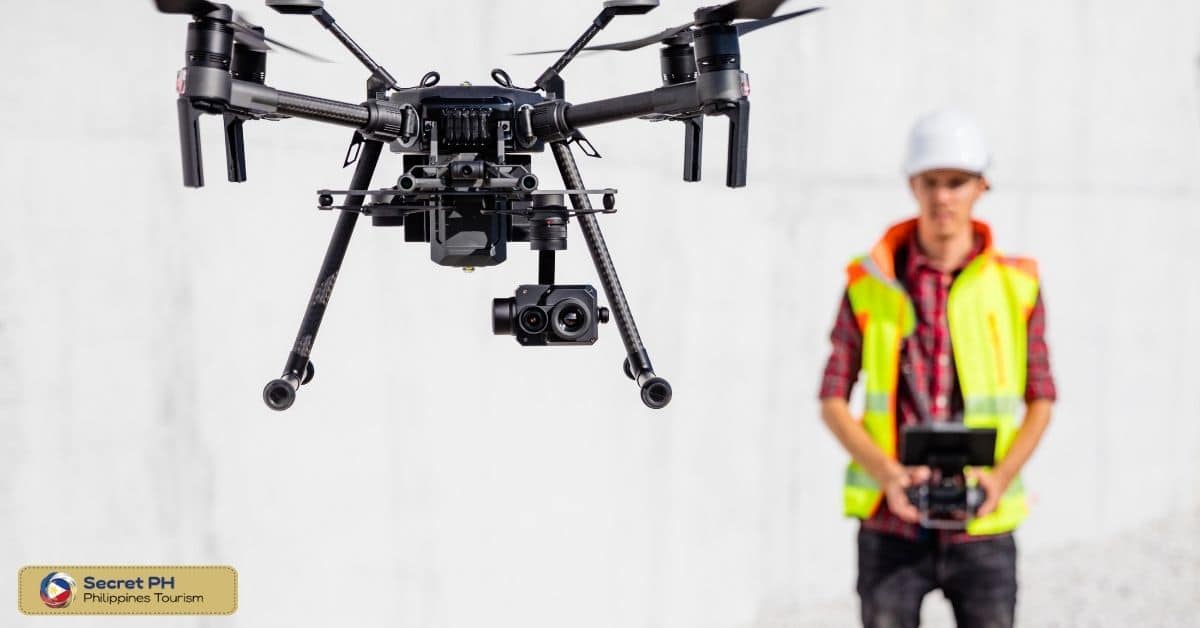
In conclusion
Emergency water rescue services in the Philippines are facing immense challenges due to resource constraints, inadequate training and equipment, and communication issues. However, there is hope for the future as new initiatives and innovations have been implemented to improve their operations.
The Philippine government has also taken steps to increase public awareness on water safety and emergency response while partnering with various agencies and organizations to strengthen their capabilities. The successes of the Philippine Emergency Water Rescue Services, along with the efforts of other organizations, will help ensure that communities are prepared and equipped to handle water-related emergencies in the future.



